Cyclops - a Personal Desktop Assistant Bot
by Mandred Tech in Circuits > Arduino
5917 Views, 73 Favorites, 0 Comments
Cyclops - a Personal Desktop Assistant Bot





Welcome to the world of DIY innovation, where we unravel the secrets behind creating your very own Cyclops - a powerhouse of functionalities that goes beyond the ordinary. In this instructable, we'll guide you through the process of assembling and programming your custom device, showcasing how to integrate advanced features seamlessly into your daily life.
Cyclops isn't just a gadget; it's a project that lets you tailor your device to meet your specific needs. From clever time management to emotion detection and mood improvement, from hands-free news updates to a personalized note-taking assistant, Cyclops offers a versatile array of functionalities that you can customize to suit your preferences.
Picture a device that respects your privacy and automatically adjusts its settings when you step away – locking your laptop, conserving energy, and enhancing security. Envision a personalized assistant that not only tells you the time and date but also plays your favorite tunes on command. Cyclops empowers you to create a unique, voice-activated experience, complete with features like snapping photos, shutting down with a simple voice command, and seamlessly transitioning between typing and audio modes.
Cyclops lets you search and display pictures in a captivating collage format, play YouTube videos on command, and even set timers to keep you on track.
Supplies
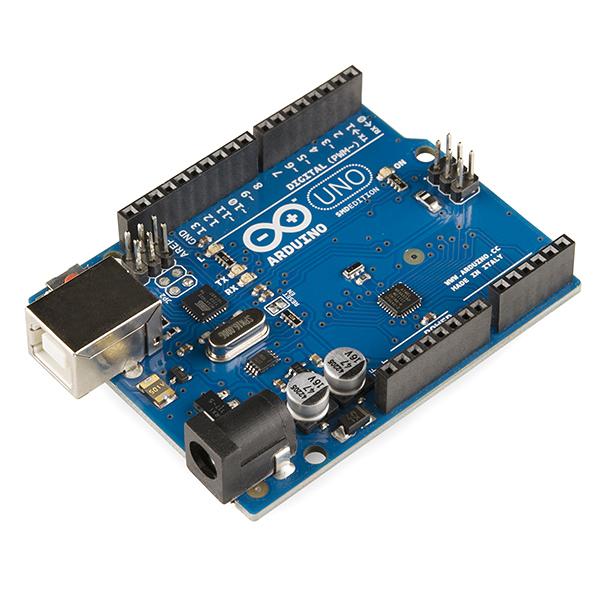
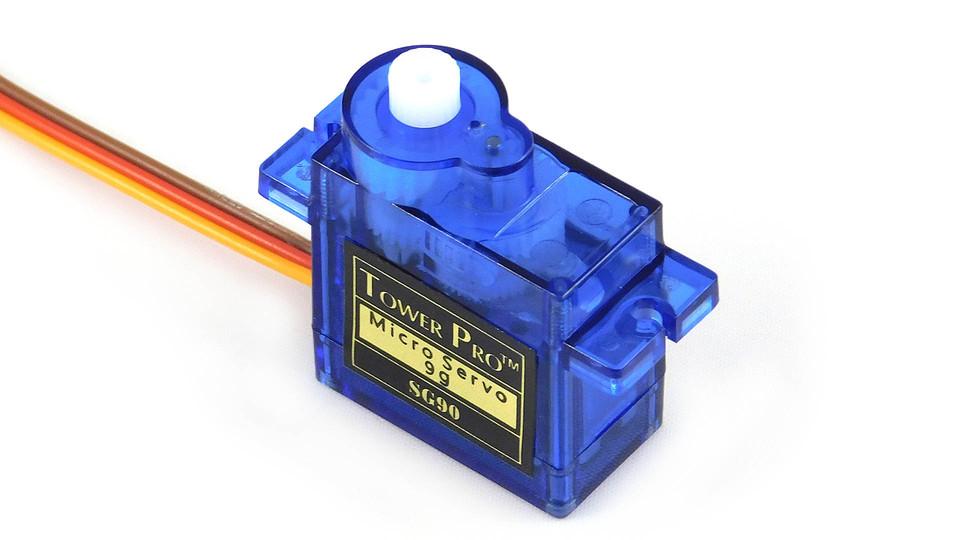


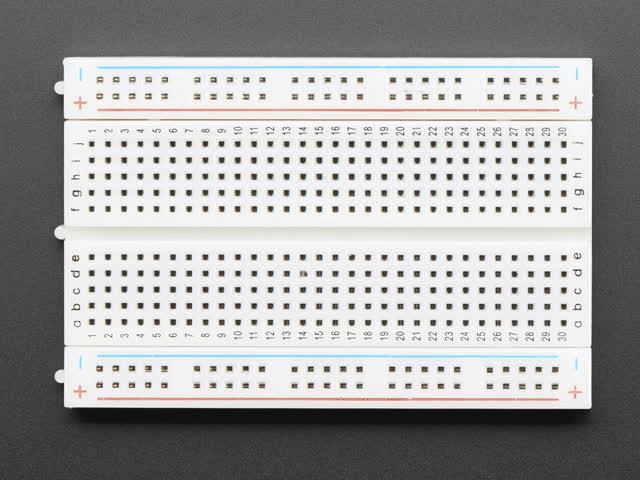
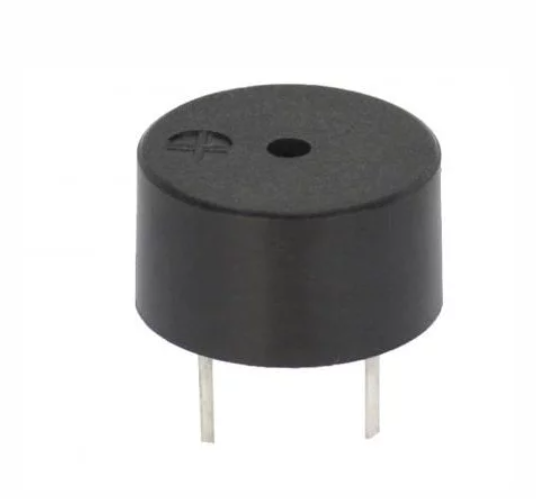



Carton Cardboard
Arduino Uno
Servo SG90
Breadboard
Jumper wires
LCD screen 16 x 2
Passive Buzzer
DHT 11 Temperature Sensor
1 Potentiometer
Blue LED
Main Body Part




Cut the cardboard into four equilateral triangles of side 260mm as in the "Base" figure.
Base: Chamfer one of the triangles with 3mm to create the "Base".
Front panel: Cut the chamfers on another triangle as shown in the "Front panel" figure. Rectangular cut and circular hole are for placing LCD screen and Potentiometer respectively. Choose the dimensions so that the LCD and potentiometers fit perfectly.
Left panel: Cut the other triangle taking reference from "Left panel" figure. Here, rectangular cut is for Temperature Sensor and circular hole for Passive Buzzer.
Right panel: Follow the similar instructions to get the shape as shown in "Right panel" figure.
Assembling the Main Body



Join the "Left panel" and "Base". Make sure the joint should not be rigid but allows hinge motion to form a Tetrahedron.
Make a hinge with hard cardboard and join the "Right" triangle as shown above. - The hinge joint is provided for the "Right" triangle for assessing the internal circuits in case of any repair.
Join the "Right panel" to the "Base".
Upper Body



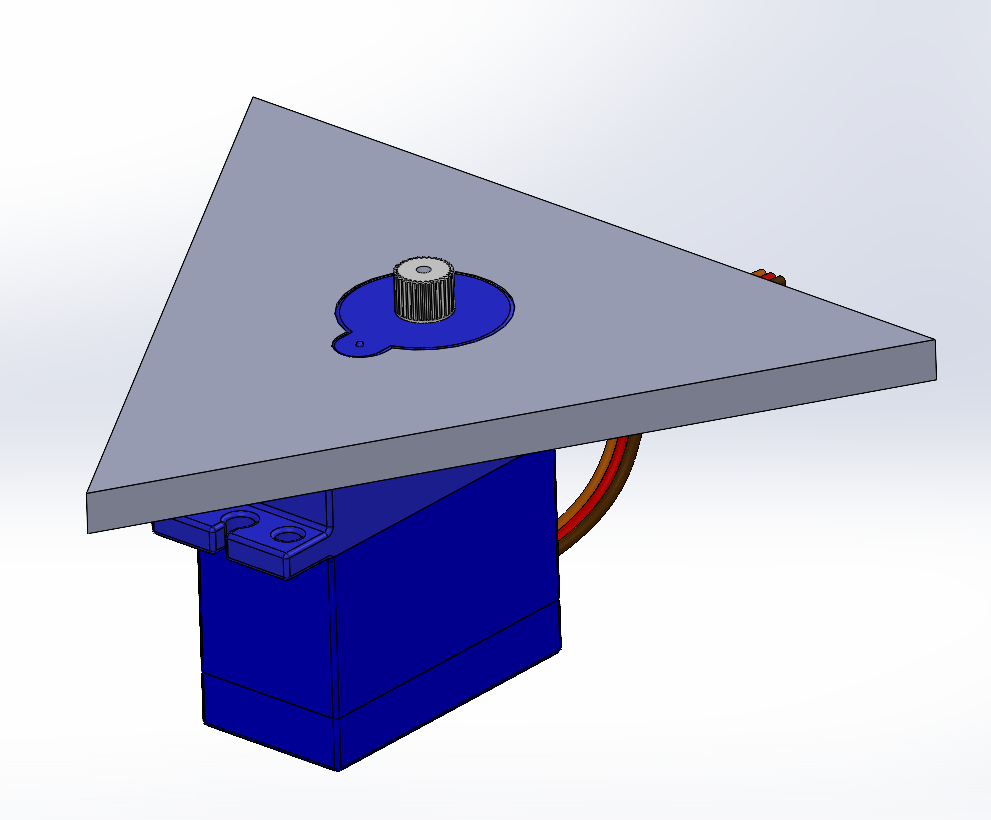

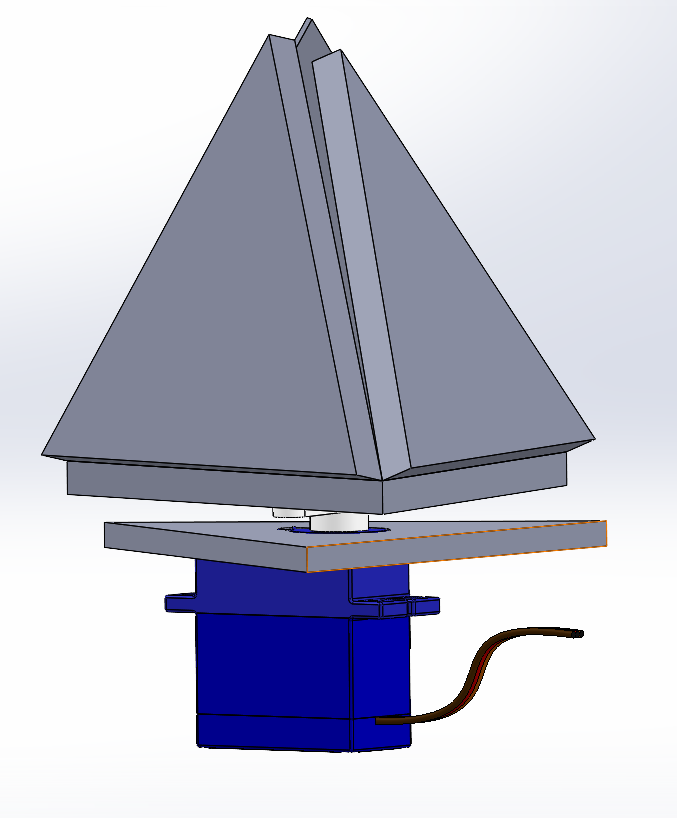



Cut five equilateral triangles of side 60mm.
Use four triangles to create a shape as in the figure 3.
Trace the shape of servo head on the remaining triangle and cut it as shown in the fig. 4
Assemble the derived parts.
Electronics

Construct the circuit as shown in the above figure. Make sure the connections are tight.
Code is provided in the Google Drive and in GitHub repository provided in the Step 6: Set Up
Budget:
Arduino Uno - Rs 500
Servo SG90 - Rs 100
Breadboard - Rs 50
Jumper wires - Rs 150
LCD screen 16 x 2 - Rs 400
Passive Buzzer - Rs 50
DHT 11 Temperature Sensor - Rs 200
Potentiometer - Rs 80
Blue LED - Rs 70 for 10 pieces
Total cost: Rs 1600
Assembly





Fix the Arduino board on the Base panel. Fix the LCD screen and Potentiometer on the Front panel, Temperature sensor and Buzzer on Left panel.
Join the Front and Left panels as shown in the figures.
Join the Upper Body on the top of Front and Left panels.
Mount the LED on the upper body.
Fix the Right panel with a tape or other adhesives - make sure that it can be easily opened.
Set Up
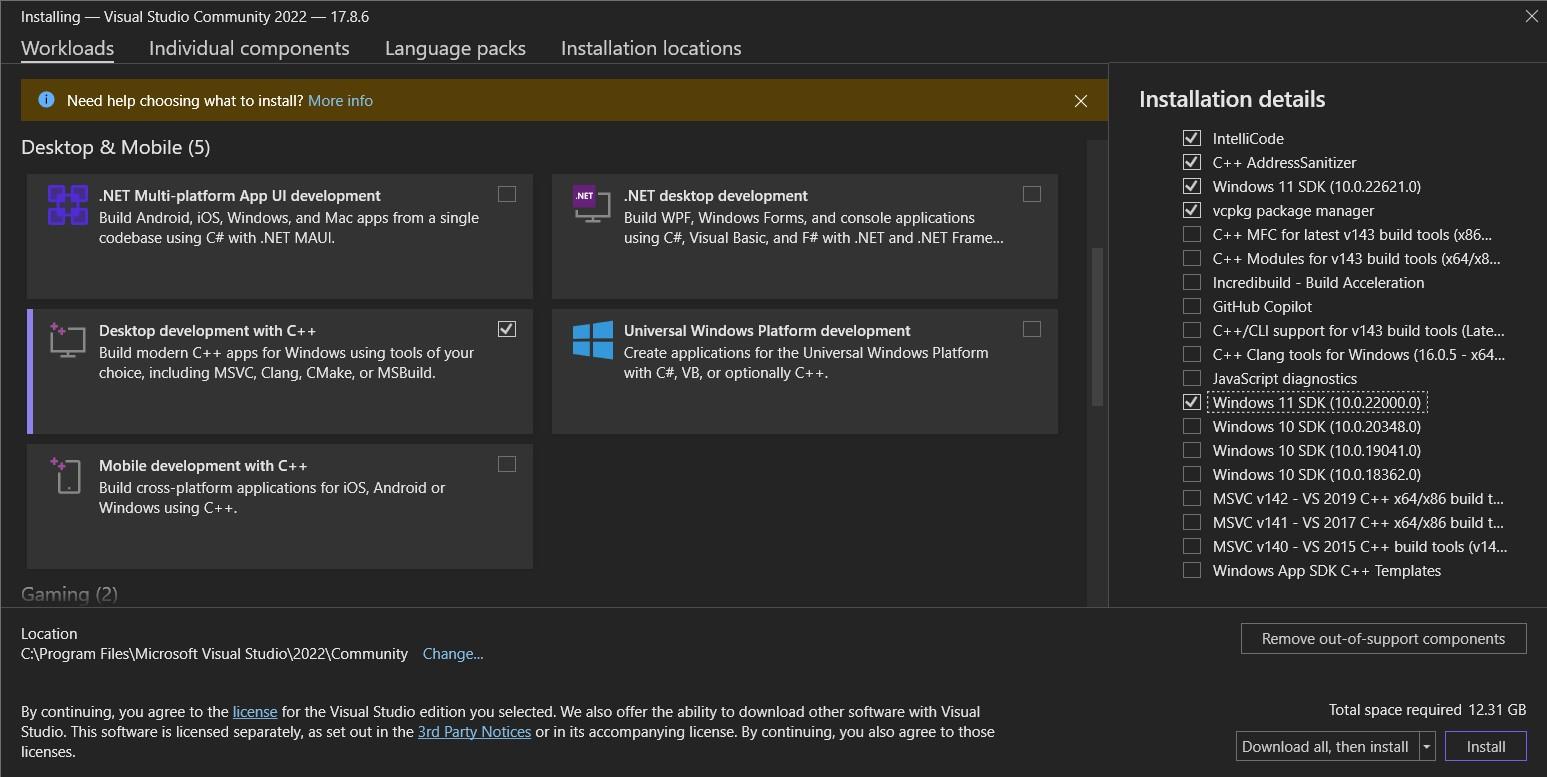

https://github.com/Mandred-Tech/Cyclops
https://drive.google.com/drive/folders/1X-ubLckjLJAn6dmfQuTygzYcOE_vS-ME?usp=sharing
Setting up the Software -
Download the Script:
- Download the zip file from the provided Google Drive link or clone the GitHub repository.
Install Python 3.10:
- Install Python 3.10 on your system. You can download it from the official Python website.
Install and Setup Cmake:
- Install Cmake using the Windows installer. Set up the configuration according to your system requirements.
Download Visual Studio:
- Download and install Visual Studio, ensuring that you include the C++ block and Windows SDK during installation.
Install Dependencies:
- Open a terminal or command prompt and navigate to the project directory.
- Run the following command: pip install -r requirements.txt to install the required dependencies.
Create a Batch File:
- Open WordPad or any text editor and paste the following:
@echo off
"path to python.exe" "path to brain.py"
pause
- Path to python.exe is the location where the python was installed, in most cases it's in the C drive.
- Path to brain.py is the location of the brain.py script that you have downloaded from the project directory.
- Save the file with a .bat extension (e.g., run_script.bat).
Create a Desktop Shortcut:
- Create a shortcut of the batch file (.bat) on your desktop.
Customize Shortcut Icon:
- Locate the provided icon file in the project directory.
- Right-click on the shortcut, go to "Properties," and click on "Change Icon." Select the provided icon.
Setting up the Cyclops Hardware -
Download the Arduino code:
- Download the Arduino code from the GitHub repository or from the Google Drive link provided.
Install the Arduino IDE:
- Download and Install the Arduino IDE from the official Arduino website.
Connect the Cyclops:
- Connect the Cyclops to your computer by USB 2.0 Type A/B Arduino cable.
Upload the code:
- Open the Arduino IDE, go to the Manage Libraries tab and install the following library - DHTNEW Library by Rob Tillaart for DHT11 Sensor.
- Open all the .ino files in the Arduino IDE and navigate to final.ino file and select your particular board and port and upload the sketch.
- Now close the Arduino IDE and run the Cyclops software using the Software you created above.
Now your Cyclops is ready to go!